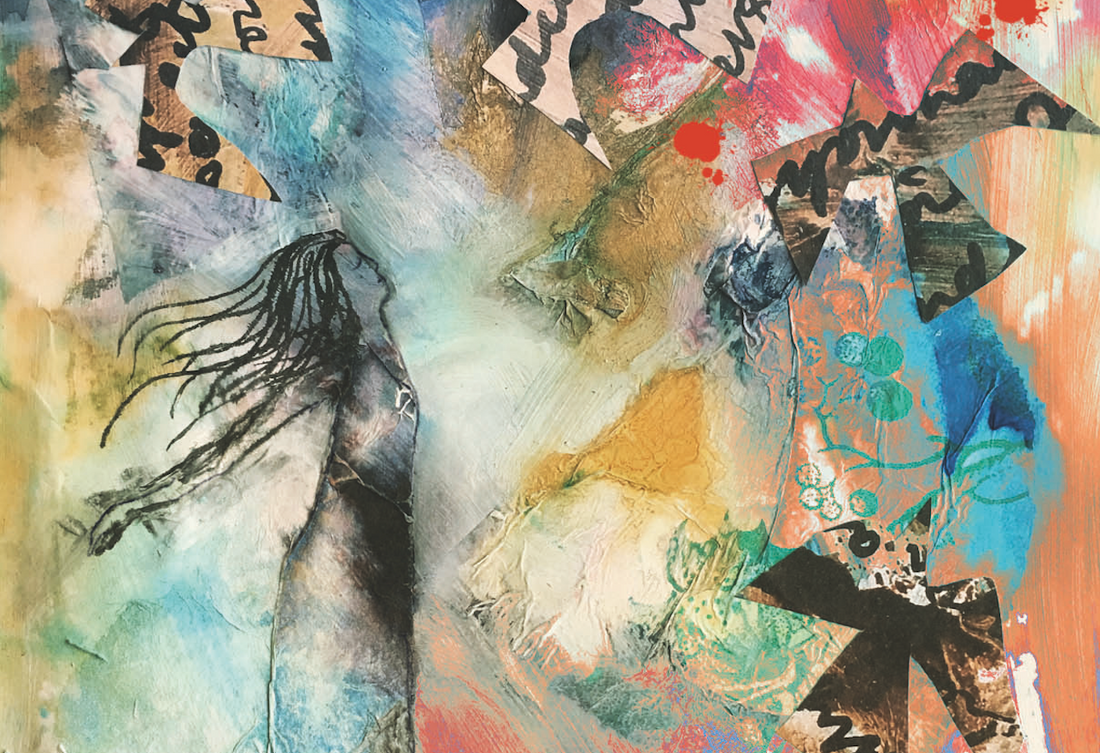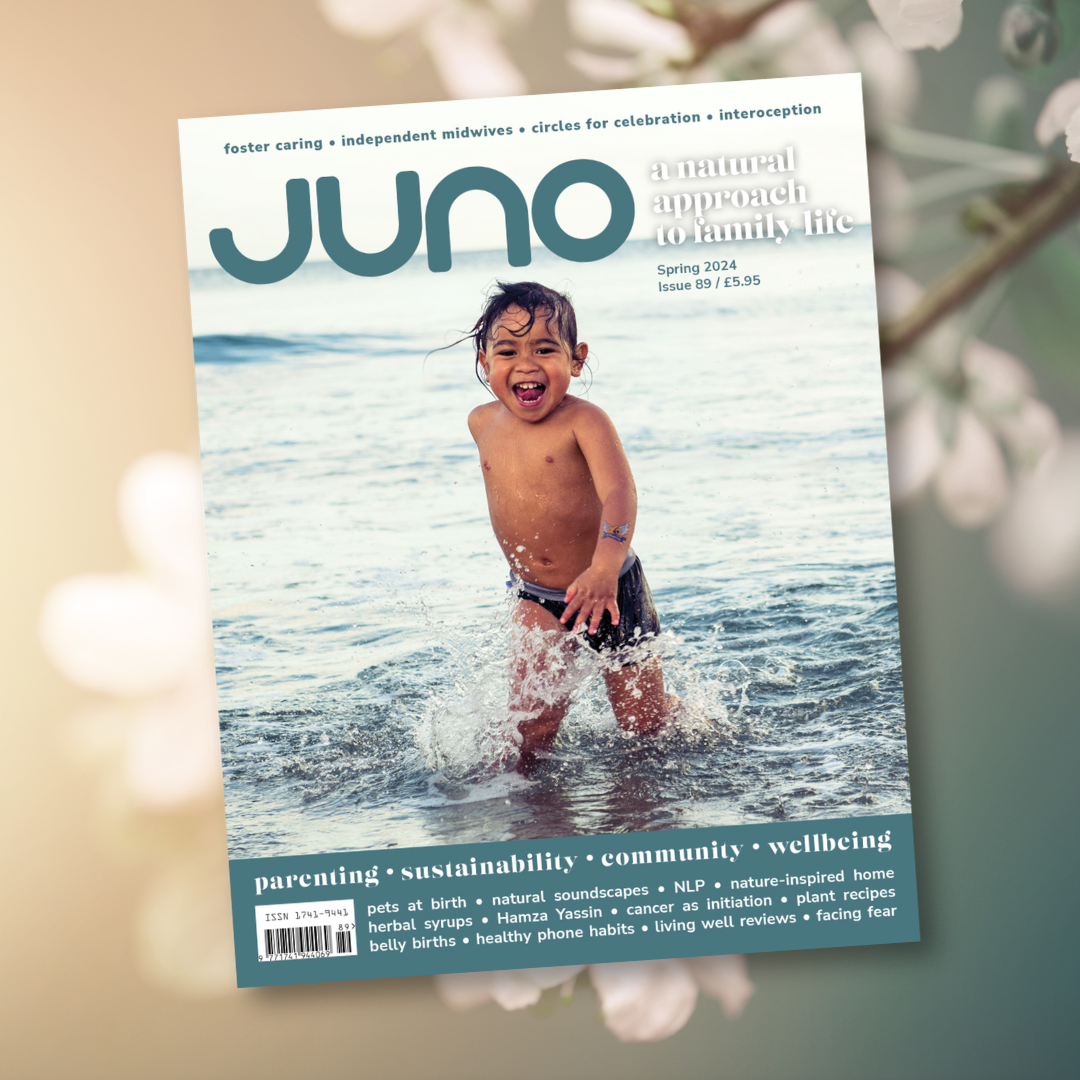During the early years of children’s life, there are simple things parents can do to make later explanations of puberty and menstruation much easier – for example having a relaxed and natural attitude to the human body. If parents feel comfortable with an open bathroom and toilet door, young children will already know what is normal in an adult body, and they also witness period blood.
It is helpful to call body parts by their real names right from when children are toddlers and these words are first needed. If we avoid words such as penis, vagina and breasts and replace them with child-like terms such as ‘doodle’, then the real word and the body part may later seem rude, secretive, bad, shameful, or a prompt for sniggering.
Describing periods in a creative way can assist in normalising body processes and still hold younger children within their innocent stage of life. When my children were very young and asked what the pads were for or saw my menstrual blood, I treated periods as a normal part of life, not as taboo, and I believe this was helpful later on.
Young children are imaginative, so creative words are likely to be helpful for them. For younger children, explain that period blood is not the same as the blood from when they hurt themselves, and that it isn’t painful. My simple and imaginative explanation was that a period is “the blanket from my womb coming out, as there is no baby inside”. I also casually mentioned from time to time that my daughter would experience her first period bleed when she was between 10 and 15 years old, and that we would celebrate this.
Preparations for periods, and deeper and more informed conversations about menstruation are necessary around the age of 10 to 11. If a girl is developing early, then these ideas need to be introduced a little earlier. Most girls start menstruation between 10 and 15 years of age, and the average age is 12. We need to be prepared for the girls who naturally start towards the lower end of that range, so that they do not feel isolated and alone. It is common for girls of particular ethnic groups, for instance of Mediterranean or African Caribbean origin, to start hair growth and menstruation earlier than others.
Some parents delay educating their daughters (and sons) about periods because they don’t separate this from talking about sex, and they wish to wait until their children are older before they start discussing sex. I strongly advise not confusing these two talks: girls need to hear loving and empowering voices about their bodies and their natural cycles before they enter puberty. The discussions about sex usually come later. Children like personal stories about when their mothers started their periods: they can genuinely relate to this, whereas diagrammatic information in a book may seem distant and irrelevant to their lives.
Here are some common questions children ask about periods. The answers suggest important points of information to cover.
What is a period? A period has three stages: the first stage is when the womb creates a fresh layer of blood-rich membrane (the blanket), which is the body’s way of preparing for the egg. Next, ovulation occurs, when the egg (a full-stop-sized cell) is released from the ovaries (which are almond size) and travels down a thin fallopian tube to the womb (which is the size of a small pear). The egg will break down with the unused blood-rich membrane, and this is the period.
Why do we get periods? The beginning of periods is about our bodies practising fertility – so that our bodies could have a baby when we’re older. (Note that it can feel overwhelming if a 10- or 11-year-old is told she has a ‘woman’s body’ now. Consider instead using the phrase ‘practising fertility’.)
How long is the time between periods? A menstrual cycle can last for 24 to 35 days. All this range is common and normal, and the length of any girl’s cycle may fluctuate. For the first couple of years, periods are often irregular, although some girls may immediately shift into a regular pattern.
How long will I bleed for? Anywhere between three and seven days is normal. The first two days are usually the heaviest, and after that the blood flow is lighter. A first period may be as slight as a brown stain, with very little red blood.
How much blood is there? Once periods are fully established, the total blood loss in one period is 35-50ml - about 2-3 tablespoonsful – so not very much! (Note that girls often imagine there will be a lot more blood, so it can be comforting to explain this.)
When my daughter understood that her first period might be just a small brown smudge mark in her underwear, she realised that her periods had already started. I enquired where the pants were, so that I could wash them, and she said that the dog ate them! I meet girls who imagine that they will lose a litre of blood at each period. It is good to paint a picture of how little blood there is.
Girls can be given a little purse or bag for keeping a period pad or panty liner in their school bag, so that they can feel prepared and won’t be caught off-guard with their first period. It is a good idea while waiting for the start of menarche to provide panty liners, rather than proper menstrual pads, which may appear big and overwhelming, and these are likely to be all that’s needed until the period is established.
Perhaps buy a small calendar or diary so that girls can note the start of each period, or find a code to use in their school planners. This will allow them to learn about their own rhythms as these unfold. Girls like to choose their own purse, diary and panty liners, or a loving adult could gather these items as a gift before a more in-depth talk. Include a special gift or loving card or letter. At the time of menarche (the first period), offer a special meal, congratulations from fathers too, and a special gift.
It is very important to prepare girls for their periods, and this may have benefits beyond your own daughter if she can be helpful and supportive to her friends too. It can prevent girls feeling isolated, judged or different if they can talk about periods with their friends, carry supplies and develop a code word to use if one girl is in need. Teachers can be told the code too – to avoid not allowing a girl to go to the toilet during lesson time when she is in need.
Make sure conversations include dads and brothers too – empower everyone! Educating our girls about their menarche can have positive, far-reaching, lifetime results. Research indicates that girls who are well supported during menarche go on to have a more positive body image, better self-esteem, healthier attachment to parents and peers, and an easier birth experience years later. (See Sharon Molony, ‘How Menstrual Shame Affects Birth’, Women and Birth, 23: 4 (2010), 153–9). Bring love and support and let the rest ‘flow’ naturally… (Pardon the pun!)
____
This is an edited extract from Lou Harvey-Zahra’s new book, Growing Children, Thriving Children: Raising 7 to 12 Year Olds with Confidence and Awareness. Lou is a parenting author with four books. She is an international presenter and JUNO’s My Teen columnist.
Illustration by Clare Wassermann – clarewassermannart.com
____
First published in Issue 62 of JUNO. Accurate at the time this issue went to print.



